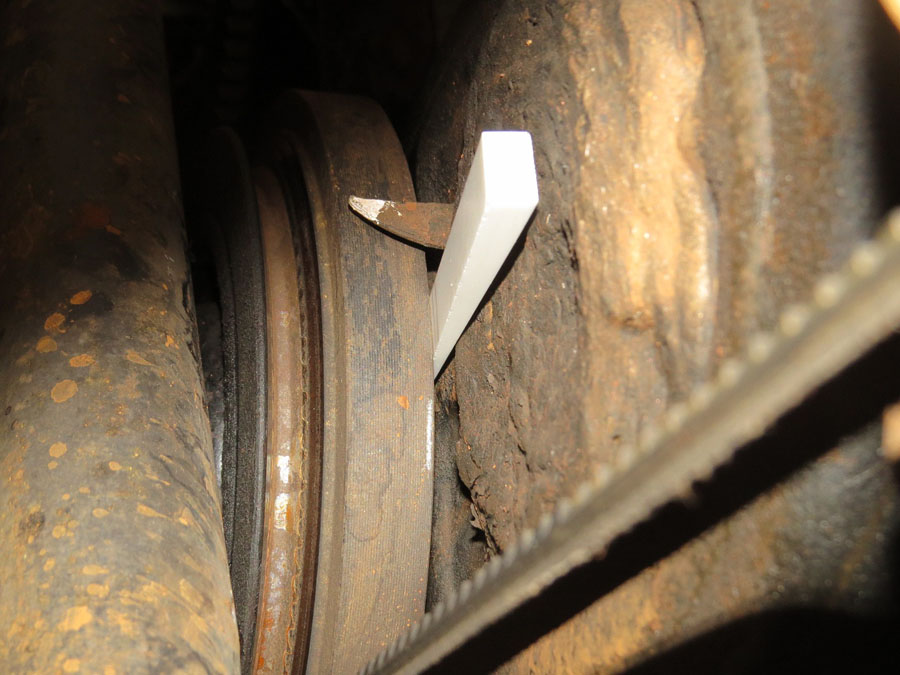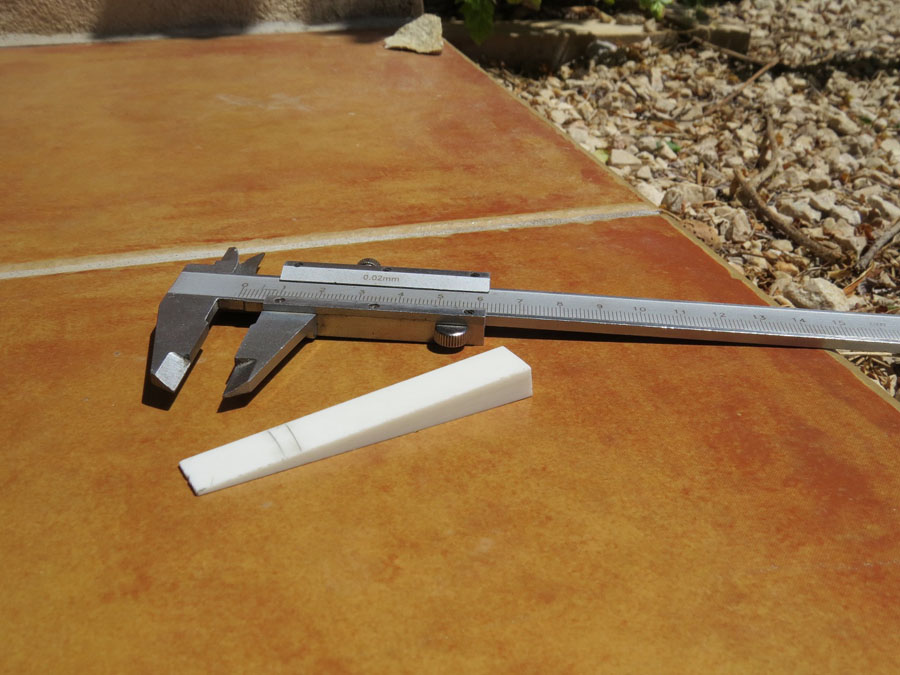Measuring End-Float Using A Guitar String Wedge
Below is a helpful tip submitted by Ian Barker of Alicante, Spain
Note to readers: I have not actually tried this method, but it does seem to be a worthy way to check end-float. For those who try this method, please send me some feedback to [email protected].
Ian has found a way to measure the end-float which may be of interest to any
customers who do not have a dial gauge. He used a thin wedge of hard
engineering plastic which is sold for measuring string action on guitars.
He placed it between the timing cover and the pulley after forcing the crankshaft fully in one direction. He then marked on it how
far it dropped into the gap and then moved the crank in the opposite direction and marked it again.
Next he measured the wedge thickness at each mark using a vernier caliper, and the
difference is the end-float.



© 1997 ~ 2025 Custom Thrust Washers
www.customthrustwashers.com
|


